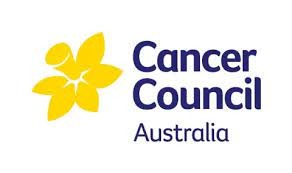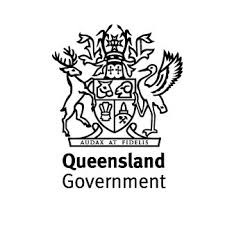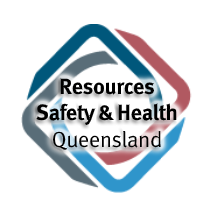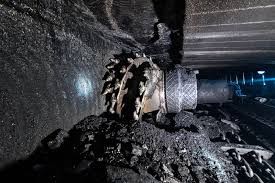Latest News in Diesel Particulate Matter
Keeping up to date with the latest changes to DPM standards
Keeping up to date with the latest changes to DPM standards

Beginning June 26, 2025, South Africa will implement a landmark change with legally enforceable occupational exposure limits (OELs) for DPM under amendments to the Mine Health and Safety Act (MHSA). This represents a significant step forward in worker protection. Key aspects of the new regulatory framework include:

Diesel Engine Exhausts contain gases and soot, also called particulate matter. Other substances, including carcinogens, may stick to the soot. Because soot particles are very small, they can easily travel deep into the lungs causing a range of short-term and long-term health problems, including cancer.

In April 2024, Safe Work Australia (SWA) released a workplace exposure limits for airborne contaminants report where they stated:
- Diesel particulate matter (as respirable elemental carbon) will have a Time Weighted Average (TWA) in mg/m3 of .01.
- The change will take effect from December 2026.

This standard applies to all underground and surface coal mines, and includes all on-site activities as defined by the Coal Mining Safety and Health Act (CMSHA) 1999.

Department of Natural Resources, Mines and Energy. Emissions targets - Set mine site OEL targets lower than the current AIOH recommended limit and drive strategies to reduce exposure. - Truly adopt an ALARA approach.

Reflects the AIOH review of the recent National Cancer Institute (NCI) epidemiological study and the International Agency for Research on Cancer (IARC, 2012) reclassification.

On 15 February 2023, the Resource Safety Health Queensland (RSHQ) – coal inspectorate, with support from the tripartite Coal Mining Safety and Health Advisory Committee has taken the proactive step of reducing the current guideline exposure limit for DPM from 0.1 down to 0.05 mg/m3 (measured as Submicron elemental carbon). For compliance purposes, coal mines will have a 12-month transition period from 15 February 2023 to 15 February 2024.

December 2012 the Queensland Mines Inspectorate, after consideration of the IARC 2012 classification of diesel engine exhaust.

The International Agency of Research Council (IARC) reconvened a working group to review the data available on DPM since its 1989 classification. In June 2012 IARC classified diesel exhaust as carcinogenic to humans (Group 1), on the basis that on its analysis there was now sufficient evidence from human and animal studies.

Diesel exhaust causes cancer, the World Health Organisation has declared, a ruling it said could make exhaust as important a public health threat as passive smoke.
.jpg)
On 2 February 2007 the NSW Department of Primary Industries issued a gazettal notice which picked up sections of their Mine Design Guideline (MDG29) and thus also picked up an 8 hour TWA exposure standard of 0.1 mg/m3 for NSW coal mines on the basis that compliance with such a value ‘should provide adequate protection against irritant effects and also minimise any risk of lung cancer’.

Globally, legislation is currently in place in the USA, Canada and Europe to control DPM exposures in mining and tunnelling. Effective January 2007, MSHA in the USA reduced their exposure limit (PEL) in mines to 0.35 mg/m3 (as total carbon, equivalent to 0.31 mg/m3 as EC). By January 2008, the final PEL in mines became 0.16 mg/m3 (as total carbon, equivalent to 0.12 mg/m3 as EC). Germany has an exposure standard for underground non-coal mines of 0.3 mg/m3, and 0.1 mg/m3 for all other activities measured as whole diesel particulate.